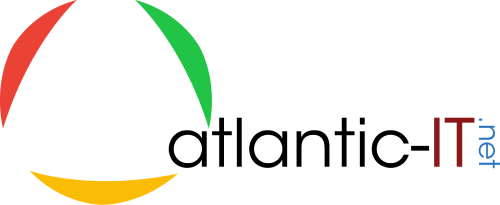Why Businesses Are Beginning to Embrace Tablets
 Tablet sales are forecast to drop 12 percent in 2016, according to recent IDC estimates, but analysts expect a rebound in 2017. While the consumer tablet market will continue to be sluggish, tablets will be a top priority for business buyers who are looking to improve employee productivity and support anytime, anywhere collaboration.
Tablet sales are forecast to drop 12 percent in 2016, according to recent IDC estimates, but analysts expect a rebound in 2017. While the consumer tablet market will continue to be sluggish, tablets will be a top priority for business buyers who are looking to improve employee productivity and support anytime, anywhere collaboration.
Generally, businesses have been slow to adopt tablets. Wireless network bandwidth is already in high demand, and adding tablets to the mix could create performance issues. On a more basic level, the screen size of a tablet can make it more difficult to get work done, and many business applications don’t support touch-screen functionality.
Despite the drawbacks, more businesses are making tablets part of their mobile strategy. From a product standpoint, vendors are offering more tablets with robust, enterprise-grade operating systems, as well as innovative, versatile form factors. Though keyboard accessories have been available for years, detachables (laptops with removable monitors that function like a tablet) and convertibles (computers that can function as a tablet or a laptop) offer greater flexibility and allow users to carry one fewer device. This new generation of devices combines the portability and lighter weight of a tablet and the functionality of a laptop.
Changing perspectives and priorities are also driving tablet adoption among businesses. Organizations are focusing more on applications and business outcomes rather than hardware. Today’s tablets provide a similar if not equal level of functionality compared to a PC with greater portability and battery life. In fact, Apple is positioning its new iPad models as computers, not tablets, as the company continues its push into the business market.
About six years after the release of the first iPad, businesses have begun to figure out the best ways to use tablets to perform business tasks that may not be well suited for either PCs or smartphones. For example, tablet battery life is ideal for bandwidth-intensive applications such as video while offering a larger screen than smartphones. Employees can take notes during meetings and presentations on a less cumbersome device than a laptop while having instant access to files that may be required. Tablets are also commonly used to create and deliver presentations, both in a one-on-one meeting or when connected to a projector or smart TV.
Traditional slate tablets don’t have keyboards, but voice commands and gestures are increasingly popular input alternatives to the keyboard. However, detachable and convertible devices make it easy to switch back and forth between a traditional desktop configuration with a keyboard and the tapping, swiping and dragging of a tablet. They also make it possible to use one device to satisfy the varying device preferences of employees.
Although tablets are becoming more common in the workplace, businesses must approach this technology strategically and with support in mind. Atlantic-IT.net provides outsourced IT support for all technology, including the latest mobile devices and Apple products. Let us help you determine the best way to integrate tablets into your IT environment and business processes.





